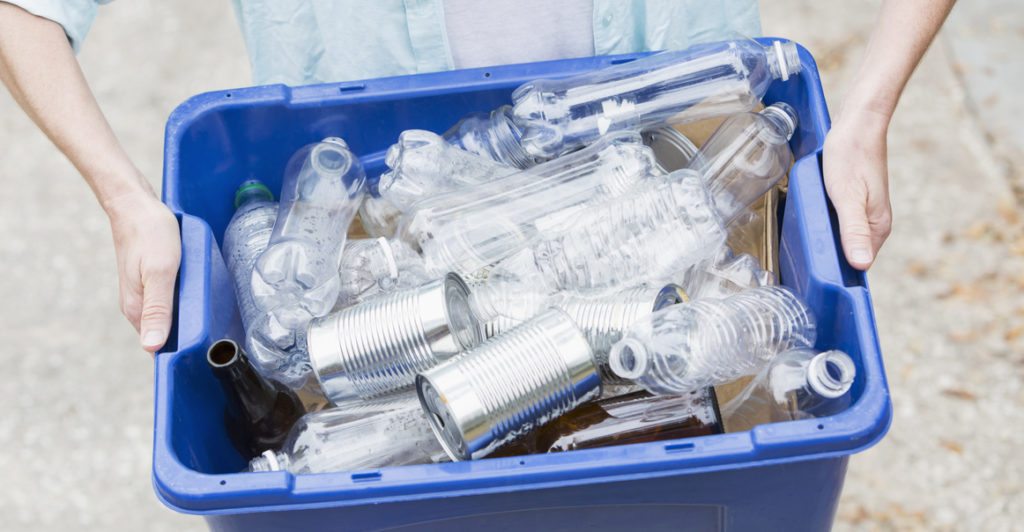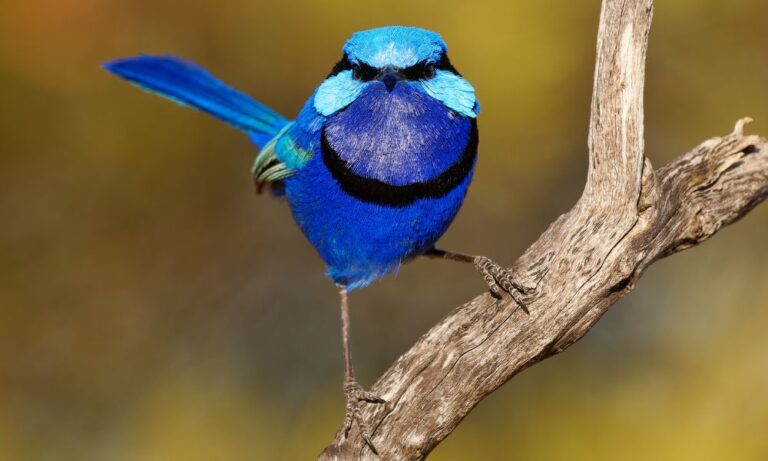Most of us do our best when it comes to recycling, but there are a few simple things you can do to maximise the second life of your waste.
- Remove the lids from your plastic water bottles and make sure they are completely empty before you place them in the recycling bin. Leaving the lid on the bottle usually means there is still liquid inside which makes the bottle heavier than it should be, confusing the automatic sorting machine so that it won’t be processed. You will also trap air inside the bottle the pressure of which can disrupt the baling process and require the work to be done twice – using unnecessary energy.
- Broken glass or ceramics such as ovenproof dishes, drinking glasses and mugs should be placed in the rubbish bin. This is because just 15 grams of this type of waste can contaminate one tonne of normal glass and render it non-recyclable . Other ideas are to get creative with mosaics, scatter the pieces around potted plants for some colour or place in the bottom of a vase to hold flowers in place when full.
- Clean your recyclables of any food waste and stickers. A quick rinse is all that’s needed before recycling containers. Make sure you remove any food stuck onto paper or cardboard.
- Make an effort to reduce food waste. By writing up a meal plan it will make shopping a less strenuous experience and stop you from purchasing things you don’t need or already have. It’s always better to buy when you need it rather than to have more just in case – as we usually end up throwing it out! Recycle food scraps with a compost heap, worm farm or bokashi bucket.
- Jam jar lids and steel twist tops can be recycled. As they are too small to be chucked straight into the bin, the best way to recycle these items is to collect them in an empty steel can and squeeze the top closed. then place the tin can with the lids inside into the recycling bin.
- Support recycling through your buying habits. You can ‘buy right’ and save valuable resources that can be reused later on by prioritising products with less packaging and reduce before you reuse or recycle. Choose products with packaging that can be recycled in your area, have recycled content in their packaging, or are made from recycled materials.
- Your printer cartridges can be recycled. As cartridges are made up of a complex mix of plastics, metal, inks and toners, they represent a significant investment in resources. When they are disposed of in landfill these resources are lost. Make sure you collect your printer cartridges and dispose of them at relevant collection points.
Read more:







